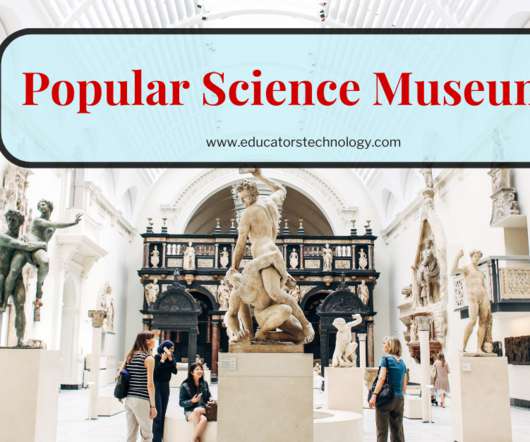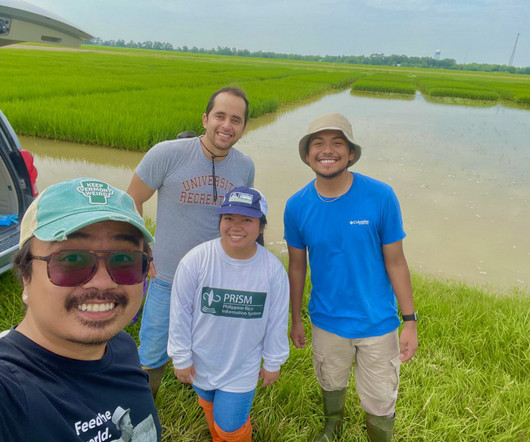7 Popular Science Museums
Educators Technology
NOVEMBER 3, 2022
Museum of Natural Sciences, Brussels The Museum of Natural Sciences in Brussels hosts the largest dinosaur exhibit in the world. The Museum of Natural Sciences contains several galleries and sections. Visit the website of City of Space. Visit the museum's website.











Let's personalize your content